Raquel Pérez-Arnal
The Impact of COVID-19 on Flight Networks
Jun 05, 2020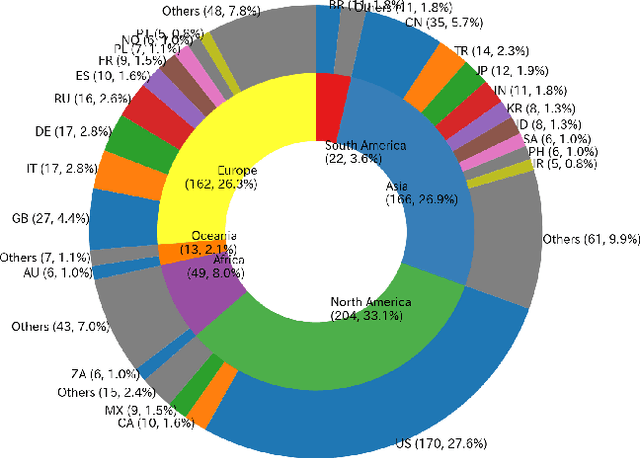
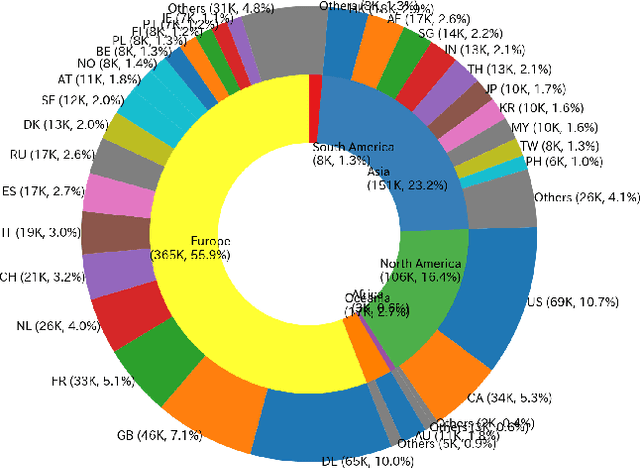
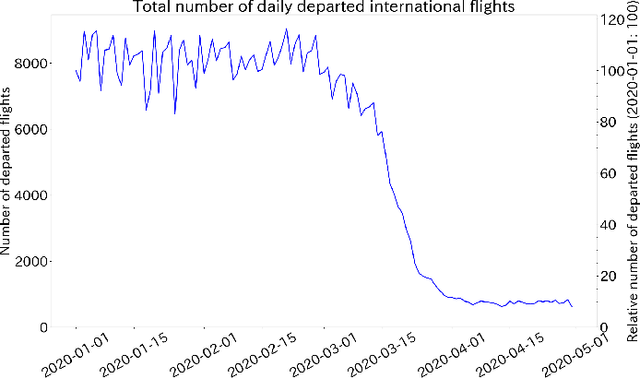
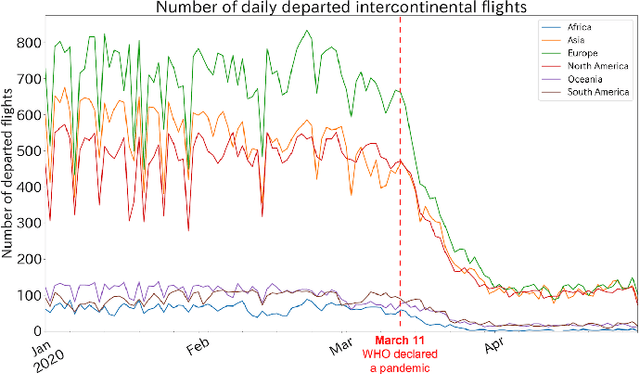
Abstract:As COVID-19 transmissions spread worldwide, governments have announced and enforced travel restrictions to prevent further infections. Such restrictions have a direct effect on the volume of international flights among these countries, resulting in extensive social and economic costs. To better understand the situation in a quantitative manner, we used the Opensky network data to clarify flight patterns and flight densities around the world and observe relationships between flight numbers with new infections, and with the economy (unemployment rate) in Barcelona. We found that the number of daily flights gradually decreased and suddenly dropped 64% during the second half of March in 2020 after the US and Europe enacted travel restrictions. We also observed a 51% decrease in the global flight network density decreased during this period. Regarding new COVID-19 cases, the world had an unexpected surge regardless of travel restrictions. Finally, the layoffs for temporary workers in the tourism and airplane business increased by 4.3 fold in the weeks following Spain's decision to close its borders.
Random Forest as a Tumour Genetic Marker Extractor
Nov 26, 2019
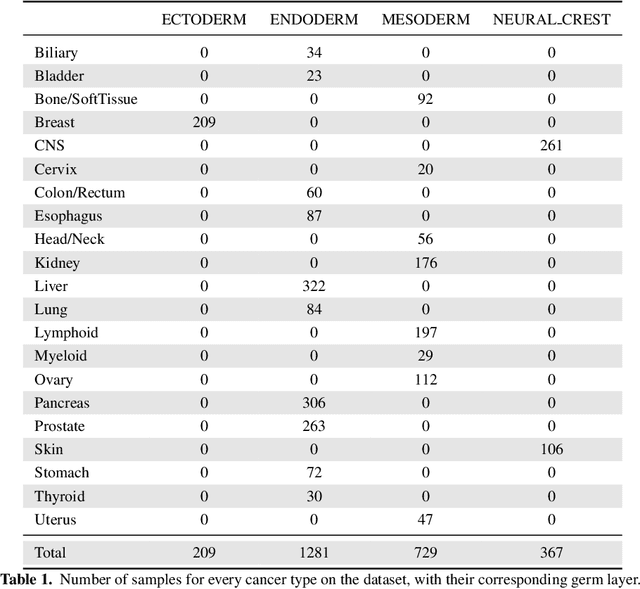
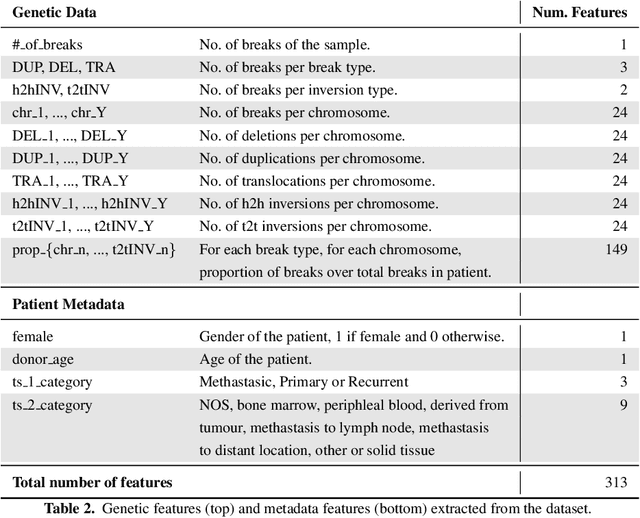
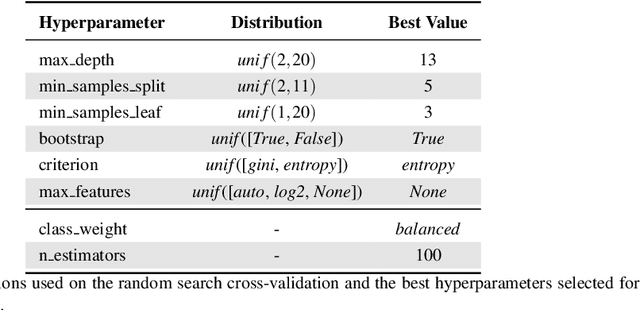
Abstract:Finding tumour genetic markers is essential to biomedicine due to their relevance for cancer detection and therapy development. In this paper, we explore a recently released dataset of chromosome rearrangements in 2,586 cancer patients, where different sorts of alterations have been detected. Using a Random Forest classifier, we evaluate the relevance of several features (some directly available in the original data, some engineered by us) related to chromosome rearrangements. This evaluation results in a set of potential tumour genetic markers, some of which are validated in the bibliography, while others are potentially novel.
A Visual Distance for WordNet
Apr 27, 2018

Abstract:Measuring the distance between concepts is an important field of study of Natural Language Processing, as it can be used to improve tasks related to the interpretation of those same concepts. WordNet, which includes a wide variety of concepts associated with words (i.e., synsets), is often used as a source for computing those distances. In this paper, we explore a distance for WordNet synsets based on visual features, instead of lexical ones. For this purpose, we extract the graphic features generated within a deep convolutional neural networks trained with ImageNet and use those features to generate a representative of each synset. Based on those representatives, we define a distance measure of synsets, which complements the traditional lexical distances. Finally, we propose some experiments to evaluate its performance and compare it with the current state-of-the-art.
 Add to Chrome
Add to Chrome Add to Firefox
Add to Firefox Add to Edge
Add to Edge